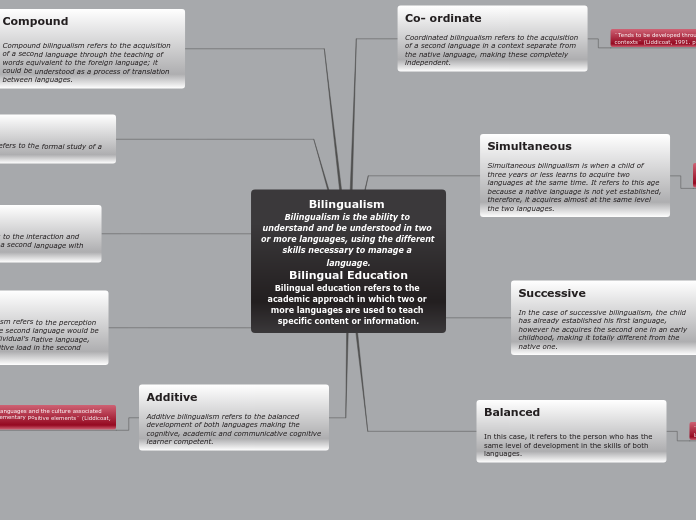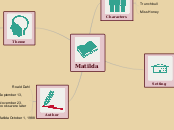av GEISSON STIVEN ARIAS JIMENEZ 5 år siden
294
Bilingualism and Bilingual Education
Bilingualism is the ability to communicate effectively in two or more languages, utilizing various linguistic skills. Bilingual education involves teaching academic content through multiple languages, promoting both linguistic and cognitive growth.









